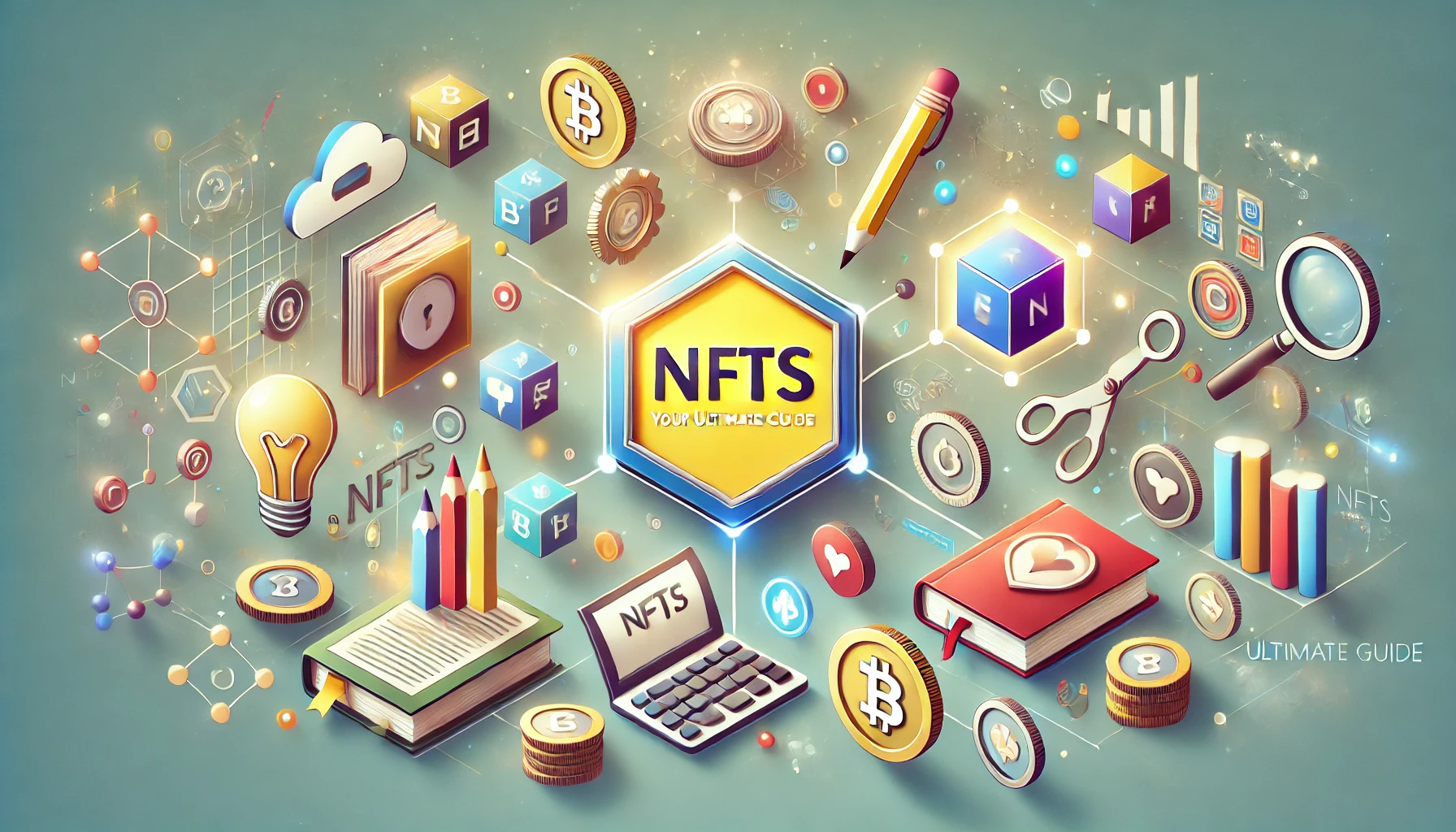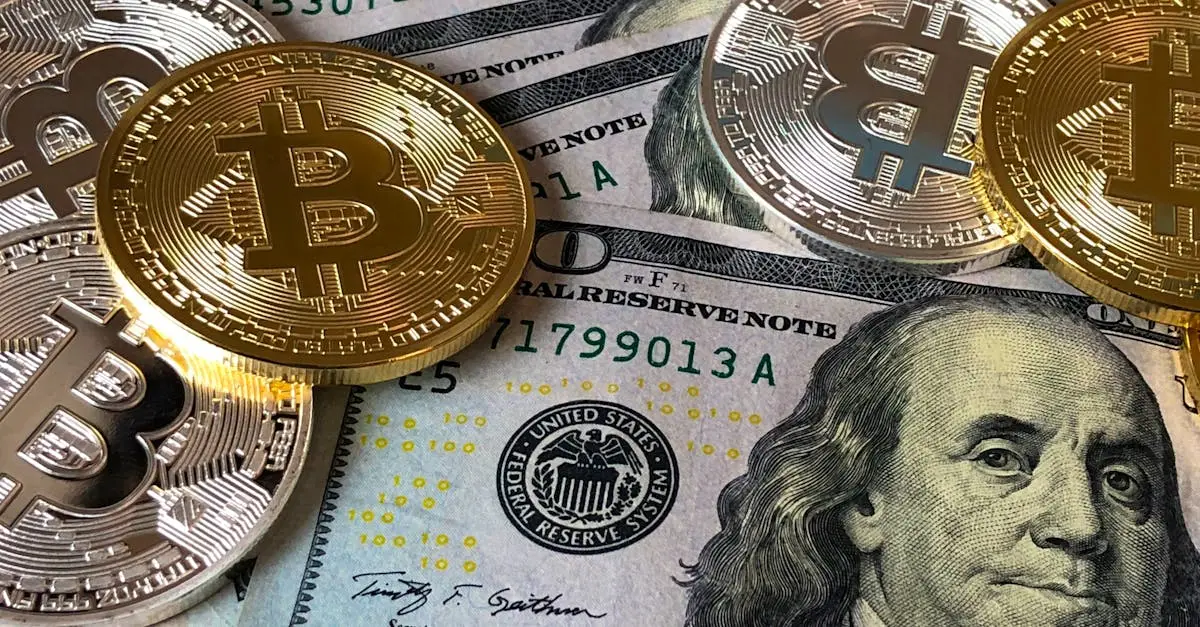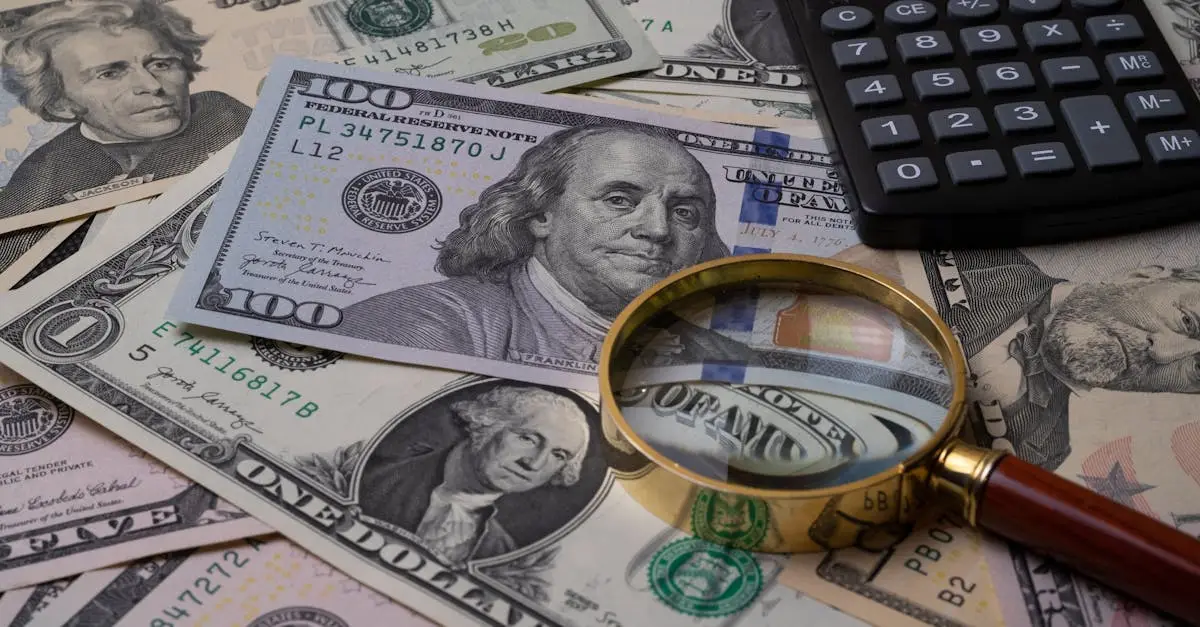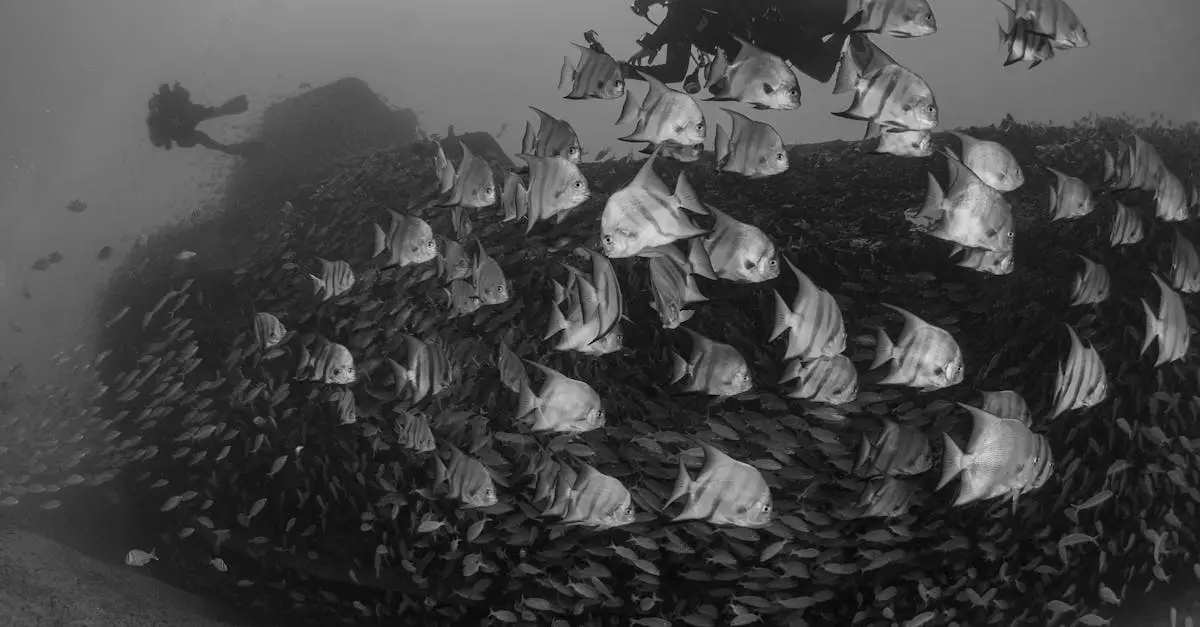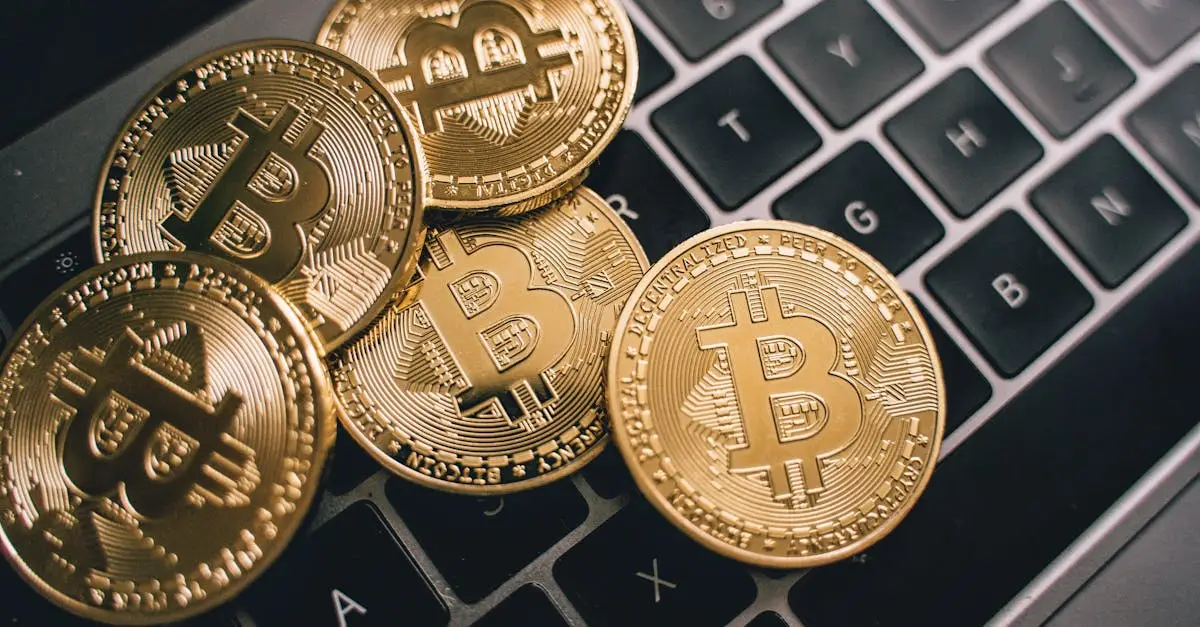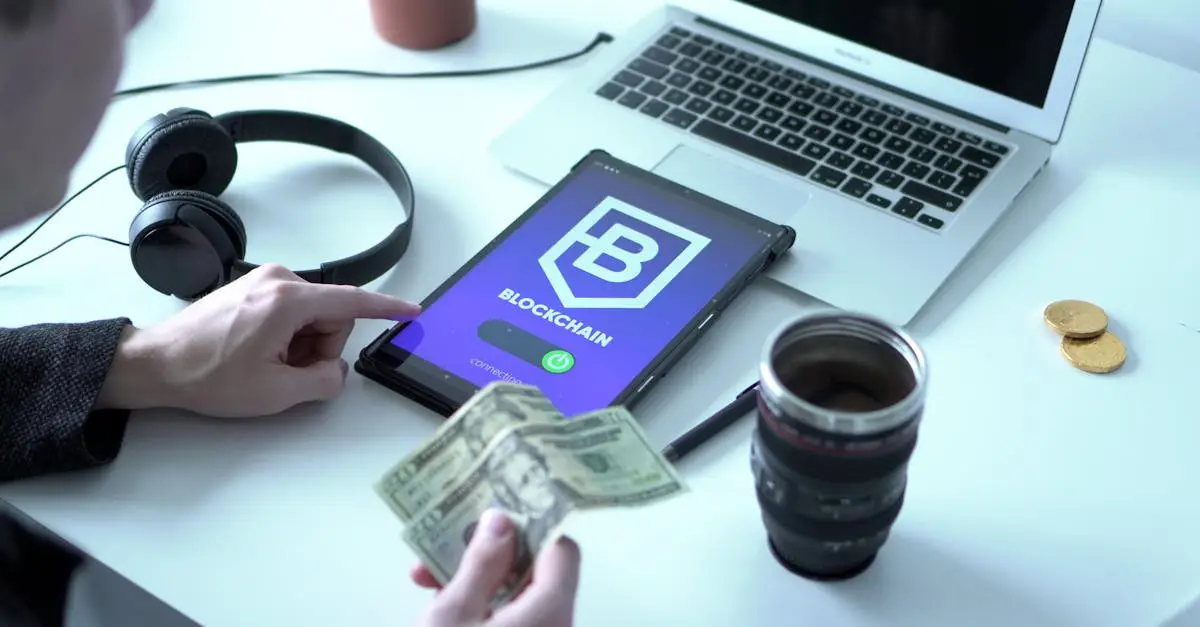Welcome to the ultimate guide on NFTs. This comprehensive article aims to demystify the world of Non-Fungible Tokens for investors looking to understand this innovative digital asset. In this guide, we will cover various aspects of NFTs, from the basics to their origins, creation process, marketplaces, legal considerations, environmental impact, and future trends. Whether you are a newcomer or a seasoned investor, this guide will provide valuable insights into the realm of NFTs.
First and foremost, it is essential to understand the basics of NFTs. Unlike cryptocurrencies such as Bitcoin or Ethereum, which are fungible and can be exchanged on a one-to-one basis, NFTs are unique digital assets that represent ownership of a specific item or piece of content, recorded on a blockchain. This uniqueness and verifiable scarcity are what make NFTs valuable and sought after in the digital space.
Exploring the origins of NFTs allows us to trace back the concept to the early 2010s, with projects like Colored Coins and Rare Pepes laying the groundwork for what would later become the booming market we see today. The intersection of art, technology, and blockchain innovation gave rise to the phenomenon of NFTs, revolutionizing the way we perceive ownership and authenticity in the digital age.
It’s crucial to differentiate between NFTs and cryptocurrencies, as they often get intertwined in discussions about blockchain technology. While cryptocurrencies function as a medium of exchange or store of value, NFTs represent ownership of a unique asset. Understanding this distinction is key to grasping the full potential and utility of NFTs in various industries.
The process of how NFTs are created and minted involves the use of smart contracts on blockchain platforms such as Ethereum. Artists, creators, and developers can tokenize their work, transforming it into an NFT that can be bought, sold, and traded on various NFT marketplaces. This democratization of ownership has opened up new possibilities for creators to monetize their digital creations.
Blockchain technology plays a crucial role in the NFT ecosystem by ensuring transparency, security, and immutability of ownership records. Each NFT is securely stored on a blockchain, providing a tamper-proof ledger of ownership history. This trustless system has instilled confidence in investors and collectors, driving the adoption of NFTs across different sectors.
As we delve into the world of NFTs, we will also explore the vibrant marketplaces where these digital assets are bought and sold. From industry giants like OpenSea and Rarible to niche platforms catering to specific niches, these marketplaces offer a diverse range of NFTs for collectors and investors to discover and acquire. Understanding the dynamics of these platforms is essential for navigating the NFT marketplace effectively.
For further reading, check out these sources to deepen your understanding of NFTs:
1. CoinDesk – NFTs 101: A Primer for Investors
2. BuiltIn – A Beginner’s Guide to NFTs
Understanding the Basics of NFTs
NFTs (Non-Fungible Tokens) have taken the digital world by storm in recent years. These unique digital assets represent ownership or proof of authenticity of a particular item or piece of content using blockchain technology.
One key characteristic of NFTs is their indivisibility, meaning they cannot be exchanged on a one-to-one basis like cryptocurrencies such as Bitcoin or Ethereum. Each NFT has specific metadata that sets it apart from other tokens, making it one-of-a-kind.
Creators and artists have embraced NFTs as a new way to monetize digital content. By tokenizing their work, they can sell limited editions or even one-of-a-kind pieces to collectors, providing a new revenue stream in the digital age.
Ownership of an NFT is recorded on a blockchain, a decentralized and transparent digital ledger. This technology ensures the scarcity and provenance of the token, giving buyers confidence in the authenticity and uniqueness of their digital asset.
Investing in NFTs requires careful consideration and research, as the market can be volatile and trends can shift rapidly. Understanding the basics of NFTs is essential for investors looking to explore this emerging asset class and diversify their portfolios.
Exploring the Origins of NFTs
When discussing the fascinating world of NFTs, it is crucial to delve into their origins to understand their significance in the digital landscape. Non-fungible tokens have revolutionized the way we perceive ownership and authenticity in the virtual realm.
The concept of NFTs traces back to the early 2010s, with the emergence of blockchain technology. However, it was not until the launch of Ethereum in 2015 that NFTs gained widespread attention and adoption. Ethereum’s smart contract capabilities provided the perfect infrastructure for the development and trading of unique digital assets.
One of the pioneering projects that popularized NFTs was CryptoKitties, an online game that allowed users to collect, breed, and trade virtual cats. This viral sensation demonstrated the potential of NFTs in creating scarce and one-of-a-kind digital collectibles, paving the way for further innovation in the space.
As the NFT market continues to expand, artists, musicians, and celebrities have started leveraging this technology to tokenize their work and engage with their fans in new and exciting ways. This intersection of art, technology, and commerce has redefined the traditional notions of ownership and provenance.
Differentiating Between NFTs and Cryptocurrencies
When diving into the world of digital assets, NFTs and cryptocurrencies are terminologies that often cross paths, but they represent different concepts within the blockchain space.
NFTs (Non-Fungible Tokens) are unique digital assets that represent ownership or proof of authenticity of a particular item or piece of content, such as art, collectibles, and even virtual real estate. Each NFT has a distinct value and specific attributes that set it apart from any other token.
On the other hand, cryptocurrencies are digital currencies that operate as a medium of exchange, utilizing cryptography for secure financial transactions. Unlike NFTs, which are one-of-a-kind, cryptocurrencies are fungible, meaning each unit is interchangeable with another unit of the same value.
Investors looking to diversify their portfolio might consider investing in both NFTs and cryptocurrencies, as each offers unique opportunities for growth and profit. While NFTs are more focused on the ownership and trade of digital assets, cryptocurrencies serve as a decentralized means of financial transactions.
How NFTs are Created and Minted
Creating and minting NFTs involves a process that uniquely identifies digital assets on the blockchain. The first step is to choose a blockchain platform that supports NFTs, such as Ethereum or Binance Smart Chain.
Once the platform is selected, the digital asset to be tokenized as an NFT needs to be prepared. This asset can be anything digital, from art and music to videos and tweets. The next step is to use a smart contract, a self-executing contract with the terms of the agreement between the creator and the buyer, to create the NFT.
After the NFT is created, it needs to be minted. Minting an NFT means adding it to the blockchain, giving it a unique identifier and making it part of the blockchain network. This process requires paying a gas fee, which can vary depending on the platform used and the current network activity.
Once the NFT is minted, it is now part of the blockchain and can be bought, sold, or traded. The unique characteristics of the NFT, such as its metadata and ownership history, are stored on the blockchain, ensuring its authenticity and scarcity.
The Role of Blockchain Technology in NFTs
Blockchain technology plays a pivotal role in the world of NFTs. By utilizing blockchain, the ownership and authenticity of non-fungible tokens can be securely verified and traced. Each NFT is unique and cannot be replicated, thanks to the immutable nature of blockchain technology. This ensures that digital assets represented by NFTs are protected from fraud and unauthorized duplication.
Furthermore, blockchain enables smart contracts to be embedded within NFTs, allowing for automated processes such as royalties and resale rights to be programmed directly into the token. This feature ensures that creators receive their fair share of proceeds whenever their NFTs are sold or traded in the secondary market. The transparency and efficiency of blockchain technology make it an ideal solution for managing NFT transactions.
One of the key advantages of using blockchain in the context of NFTs is the decentralized nature of the technology. Unlike traditional centralized systems, blockchain operates on a distributed ledger that is maintained by a network of nodes. This decentralized structure not only enhances security by eliminating single points of failure but also promotes inclusivity and accessibility for a global audience of investors and collectors.
Moreover, the use of blockchain technology in NFTs has opened up new possibilities for fractional ownership and tokenization of assets. Investors can now purchase fractions of high-value assets, such as real estate or artwork, through NFTs, allowing for greater liquidity and diversification in their portfolios. Blockchain enables these assets to be divided into tradable tokens, providing investors with more flexibility and investment opportunities.
In conclusion, the integration of blockchain technology has revolutionized the world of NFTs by offering secure verification, automated processes, decentralization, and new investment avenues. As the NFT market continues to grow and evolve, blockchain will remain a fundamental technology that drives innovation and ensures the integrity of digital assets in this space.
NFT Marketplaces: Where to Buy and Sell
When it comes to navigating the world of NFTs, finding the right marketplace to buy and sell digital assets is crucial. With the growing popularity of non-fungible tokens, choosing the right platform can make a significant difference in your investment journey.
OpenSea: As one of the largest NFT marketplaces, OpenSea offers a wide range of digital collectibles, art, and virtual real estate for buyers and sellers. With a user-friendly interface and a vast selection of NFTs, OpenSea is a popular choice for both new and experienced investors.
Rarible: Rarible stands out for its decentralized marketplace, allowing creators to mint and sell their own NFTs with ease. This platform offers a unique opportunity for artists and collectors to engage directly in the creation and exchange of digital assets.
Foundation: Catering to the art community, Foundation is a curated platform that focuses on high-quality NFTs from renowned artists. With a selective approach to its listings, Foundation ensures that buyers have access to exclusive and valuable digital artworks.
Nifty Gateway: Known for its partnerships with celebrities and brands, Nifty Gateway has brought mainstream attention to the world of NFTs. By hosting drops and auctions of limited-edition digital artwork, Nifty Gateway appeals to a broad audience of collectors and enthusiasts.
As the NFT market continues to evolve, new marketplaces are emerging, each with its own unique features and offerings. Whether you are looking to purchase digital art, virtual assets, or collectibles, exploring different platforms can help you discover new opportunities and expand your NFT portfolio.
Legal Considerations and Copyright Issues in the NFT Space
When it comes to NFTs, one of the key aspects that investors need to pay close attention to are the legal considerations and copyright issues surrounding these digital assets. As the popularity of NFTs continues to rise, so do the legal complexities associated with their creation, sale, and ownership.
Understanding Intellectual Property Rights
At the core of many legal considerations in the NFT space is the concept of intellectual property rights. NFTs are often used to represent digital art, music, videos, and other creative works, raising questions about who truly owns the rights to these assets. It is essential for investors to ensure that the creator has the legal right to mint and sell the NFT, avoiding potential copyright infringement issues.
Smart Contracts and Legal Enforceability
Smart contracts play a vital role in NFT transactions, automatically executing the terms of the sale once certain conditions are met. From a legal perspective, it is crucial to consider the enforceability of these contracts in case of disputes. Clear and precise language in smart contracts can help mitigate legal risks and provide clarity on ownership rights.
Regulatory Compliance and Tax Implications
As governments around the world grapple with the regulation of NFTs, investors must stay informed about the evolving legal landscape. Compliance with anti-money laundering (AML) and know your customer (KYC) regulations is increasingly important in NFT transactions. Additionally, investors should be aware of the tax implications of buying, selling, and trading NFTs to avoid any legal issues in the future.
Protecting Digital Assets and Avoiding Fraud
Investors in the NFT space should prioritize the security of their digital assets to prevent theft and fraud. Implementing proper cybersecurity measures and storing NFTs securely can help mitigate the risk of unauthorized access. Due diligence in verifying the authenticity of NFTs and the reputation of the creators can also safeguard investors against potential scams.
Seeking Legal Counsel and Due Diligence
Given the complex legal landscape surrounding NFTs, investors are advised to seek legal counsel to ensure compliance with regulations and protection of their assets. Conducting thorough due diligence before engaging in NFT transactions can help investors navigate potential legal pitfalls and make informed decisions in this rapidly evolving space.
NFTs in the Art World: Revolutionizing Ownership and Collecting
With the rise of NFTs in recent years, the art world has experienced a major shift in how ownership and collecting are perceived. Non-fungible tokens have provided a new way for artists to authenticate and sell their digital creations, while also offering collectors a unique opportunity to own digital assets tied to blockchain technology.
The concept of NFTs has revolutionized the traditional art market by introducing a decentralized platform for buying and selling digital art. Unlike physical artworks, which can be easily replicated or forged, NFTs provide a secure and transparent way to verify ownership and provenance through the immutable nature of blockchain technology.
Investors in the art world are now looking towards NFTs as a valuable asset class with the potential for significant returns. The ability to invest in digital art that is scarce and verifiably authentic has attracted a new wave of collectors who see NFTs as both a store of value and a unique form of artistic expression.
As more artists and collectors embrace the world of NFTs, the art market is undergoing a digital renaissance that is reshaping the way we define and appreciate art. The concept of ownership is being redefined, allowing for fractional ownership, instant transactions, and global accessibility that were previously unimaginable in the traditional art world.
Beyond Art: NFTs in Gaming and Virtual Realities
With the rise of digital assets and blockchain technology, NFTs have transcended their traditional use in art and are now making a significant impact on the gaming industry.
Virtual realities are becoming more sophisticated and immersive, creating new opportunities for the integration of NFTs as unique in-game assets. Players can now truly own their digital items, such as skins, weapons, and even virtual real estate, through the use of blockchain technology.
The concept of play-to-earn games is gaining traction, allowing gamers to monetize their skills and time spent in virtual worlds. By tokenizing in-game assets as NFTs, developers can create a transparent and secure ecosystem where players have full ownership and control over their virtual belongings.
Furthermore, the use of NFTs in gaming opens up new possibilities for cross-platform compatibility and interoperability. Players can seamlessly transfer their assets between different games or virtual worlds, creating a cohesive and interconnected gaming experience.
Environmental Impact of NFTs: Debunking the Myths
As the popularity of NFTs continues to rise, concerns about their environmental impact have been brought to the forefront. It is crucial for investors to understand the true implications of NFTs on the environment to make informed decisions.
The Misconception of Energy Consumption: One common myth surrounding NFTs is the belief that they have an excessively high energy consumption rate. While it is true that the process of minting NFTs does require a significant amount of energy, it is essential to consider the overall energy consumption of traditional financial systems for a fair comparison. Studies have shown that traditional banking systems and even everyday activities like driving to work consume more energy than minting NFTs.
Proof of Stake vs. Proof of Work: Another crucial factor to consider is the difference between Proof of Stake and Proof of Work mechanisms. While popular blockchains like Ethereum currently use a Proof of Work mechanism that is energy-intensive, the transition to Proof of Stake is underway. Proof of Stake is a more energy-efficient alternative that reduces the environmental impact of NFT transactions significantly.
The Rise of Green NFTs: In response to growing environmental concerns, the concept of Green NFTs has emerged. These are NFTs minted on eco-friendly platforms that utilize renewable energy sources or offset their carbon footprint. Investing in Green NFTs can be a viable solution for environmentally conscious investors looking to minimize their carbon footprint.
Transparency and Accountability: Transparency in the NFT space is becoming increasingly important. Investors should look for platforms and artists who provide clear information about the environmental impact of their NFTs. By supporting initiatives that prioritize sustainability and accountability, investors can drive positive change in the NFT ecosystem.
Future Perspectives: Trends and Innovations in the NFT Ecosystem
NFTs have revolutionized the digital asset landscape, offering unique ownership and authentication possibilities. As we look ahead, several trends and innovations are shaping the future of the NFT ecosystem.
One key trend is the integration of NFTs in various industries beyond art and collectibles. From music and gaming to real estate and fashion, NFTs are expanding their reach and utility, creating new opportunities for creators and investors alike.
Technological advancements, such as Layer 2 scaling solutions, are addressing the scalability and high gas fees issues associated with NFT transactions on the Ethereum blockchain. This will enhance the overall user experience and accessibility of NFTs.
The emergence of fractionalized NFTs is another innovative trend that allows investors to own a fraction of high-value NFTs, enabling broader participation in the market and reducing entry barriers for new investors.
Furthermore, the integration of blockchain technology into the physical world through concepts like provably rare merchandise is opening up new frontiers for NFT applications, bridging the gap between digital and physical assets.
Overall, the future of NFTs holds promising prospects for investors, with evolving trends and innovations reshaping the ecosystem and expanding opportunities in the digital asset space.
Frequently Asked Questions
What are the current trends in the NFTs ecosystem?
The current trends in the NFTs ecosystem are focused on interoperability, sustainability, and fractionalization. Interoperability refers to the ability of NFTs to move seamlessly across different platforms. Sustainability involves addressing the environmental concerns related to the energy consumption of NFT transactions. Fractionalization allows investors to own a fraction of high-value NFTs, making them more accessible.
How can investors benefit from investing in NFTs?
Investors can benefit from investing in NFTs by gaining exposure to unique digital assets, diversifying their investment portfolio, and potentially earning significant returns. Many NFTs have shown appreciation in value over time, attracting investors looking for new opportunities in the digital space.
What are the challenges faced by the NFT ecosystem?
The NFT ecosystem faces challenges related to regulatory uncertainty, scalability issues, and the risk of fraud. Regulatory frameworks around NFTs are still evolving, creating uncertainties for investors and platforms. Scalability issues can lead to high transaction costs and slower processing times, affecting the user experience. Additionally, the pseudonymous nature of NFT transactions can make it challenging to verify the authenticity of digital assets and prevent fraud.
How do innovations like DeFi impact the NFT ecosystem?
Innovations like Decentralized Finance (DeFi) can impact the NFTs ecosystem by providing new opportunities for liquidity, borrowing, and lending against NFT assets. DeFi protocols can enable users to collateralize their NFTs and access financial services without the need for traditional intermediaries. This integration of DeFi with NFTs opens up a range of possibilities for investors and creators in the digital space.
Sources:
– “The Future of NFTs: Trends and Innovations” – CoinDesk
– “NFT Trends Report 2021” – NonFungible.com
Conclusion
As we come to the end of this comprehensive guide on NFTs., it is essential to reflect on the key points discussed throughout the various sections. From understanding the basics of NFTs. and exploring their origins to differentiating between NFTs. and cryptocurrencies, this guide aimed to demystify the complex world of non-fungible tokens. We delved into how NFTs. are created and minted, emphasizing the role of blockchain technology in ensuring authenticity and scarcity. Additionally, we examined the evolving landscape of NFTs. marketplaces, legal considerations, and copyright issues, especially in the art world where NFTs. are revolutionizing ownership and collecting.
Looking beyond art, we also discovered the impact of NFTs. in gaming and virtual realities, highlighting their potential to transform digital ownership and user experiences. Moreover, we debunked myths surrounding the environmental impact of NFTs., emphasizing the need for sustainable practices in the growing NFT ecosystem. Finally, we discussed future perspectives, trends, and innovations, showcasing the dynamic nature of NFTs. and their potential for broader adoption and integration across various industries.
For investors looking to capitalize on the opportunities presented by NFTs., understanding the underlying technology, market dynamics, and legal implications is crucial. By grasping the nuances of NFTs., individuals can make informed decisions when buying, selling, or creating non-fungible tokens. Whether you are an art enthusiast, a tech-savvy gamer, or a forward-thinking entrepreneur, the world of NFTs. offers a myriad of possibilities and challenges that require careful navigation.
As the NFTs. space continues to evolve rapidly, staying informed about the latest trends and innovations is paramount. By keeping a pulse on the market and actively participating in relevant discussions and forums, investors can gain valuable insights and stay ahead of the curve. Collaborating with experts, exploring new use cases, and monitoring regulatory developments can also provide a competitive edge in the dynamic NFTs. landscape.
While the potential of NFTs. is immense, it is essential to approach this burgeoning industry with caution and due diligence. Conducting thorough research, seeking expert advice, and diversifying your NFTs. portfolio can help mitigate risks and maximize returns. By establishing a long-term strategy and adapting to the changing market conditions, investors can position themselves for success in the exciting world of non-fungible tokens.
In conclusion, NFTs. represent a paradigm shift in digital ownership and creativity, offering unprecedented opportunities for artists, creators, and investors alike. By embracing innovation, fostering collaboration, and upholding ethical standards, the NFTs. ecosystem can continue to thrive and redefine the way we perceive and interact with digital assets. As we navigate this transformative journey, staying informed, adaptable, and forward-looking will be key to unlocking the full potential of NFTs. in a rapidly evolving digital landscape.
It is crucial for investors to approach the realm of NFTs. with a blend of curiosity, prudence, and ingenuity, leveraging the underlying technologies and market insights to make well-informed decisions. By harnessing the power of NFTs., individuals can participate in shaping the future of digital ownership and innovation, contributing to a more inclusive, transparent, and decentralized digital economy.

I am Ethan Grant, a finance and cryptocurrency enthusiast with over a decade of involvement in the financial sector. My journey began with a passion for investment strategies, market analysis, and digital assets. Since then, I have dedicated my time to helping others navigate the complexities of the financial world. My insights are based on practical knowledge and a deep understanding of market trends, which allows me to offer valuable and reliable guidance.
Over the years, I have had the opportunity to work with several investment firms, which has further fueled my passion for cryptocurrencies and blockchain technology. I believe that digital assets have the power to promote financial independence, and today, I share my experiences and knowledge through articles, market analyses, and investment tips on Cryptofinanceinsider.
As an author, my commitment is to inform in the best way possible about the world of finance. I enjoy addressing topics in a straightforward and honest manner, which I believe resonates with both beginners and experienced investors. My goal is to make complex financial concepts more accessible to everyone.

